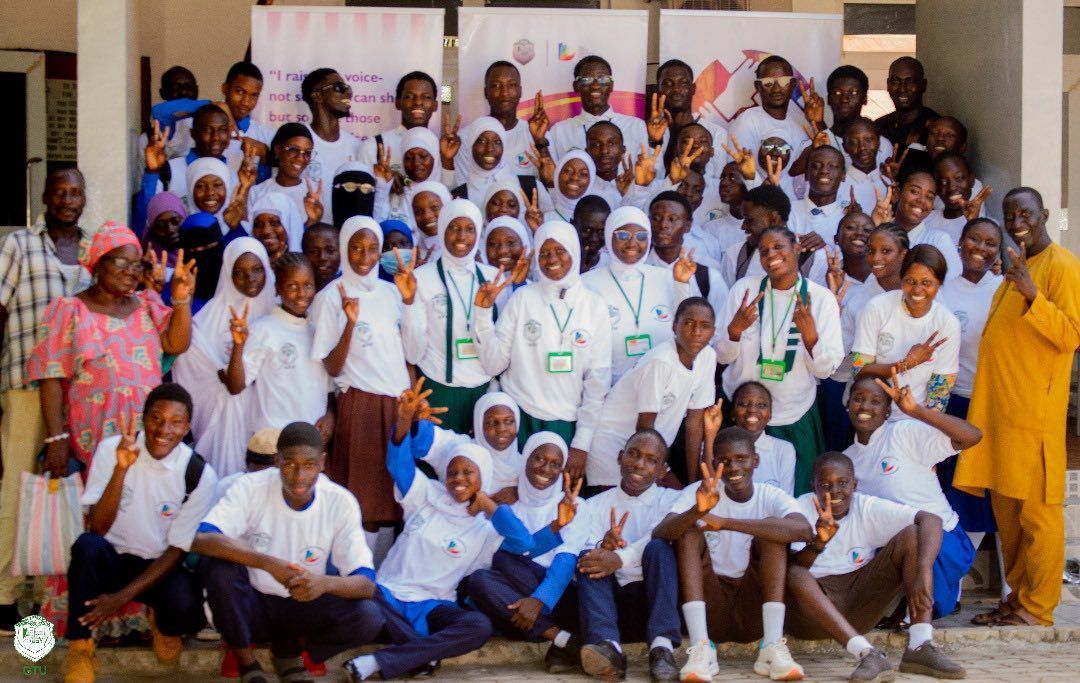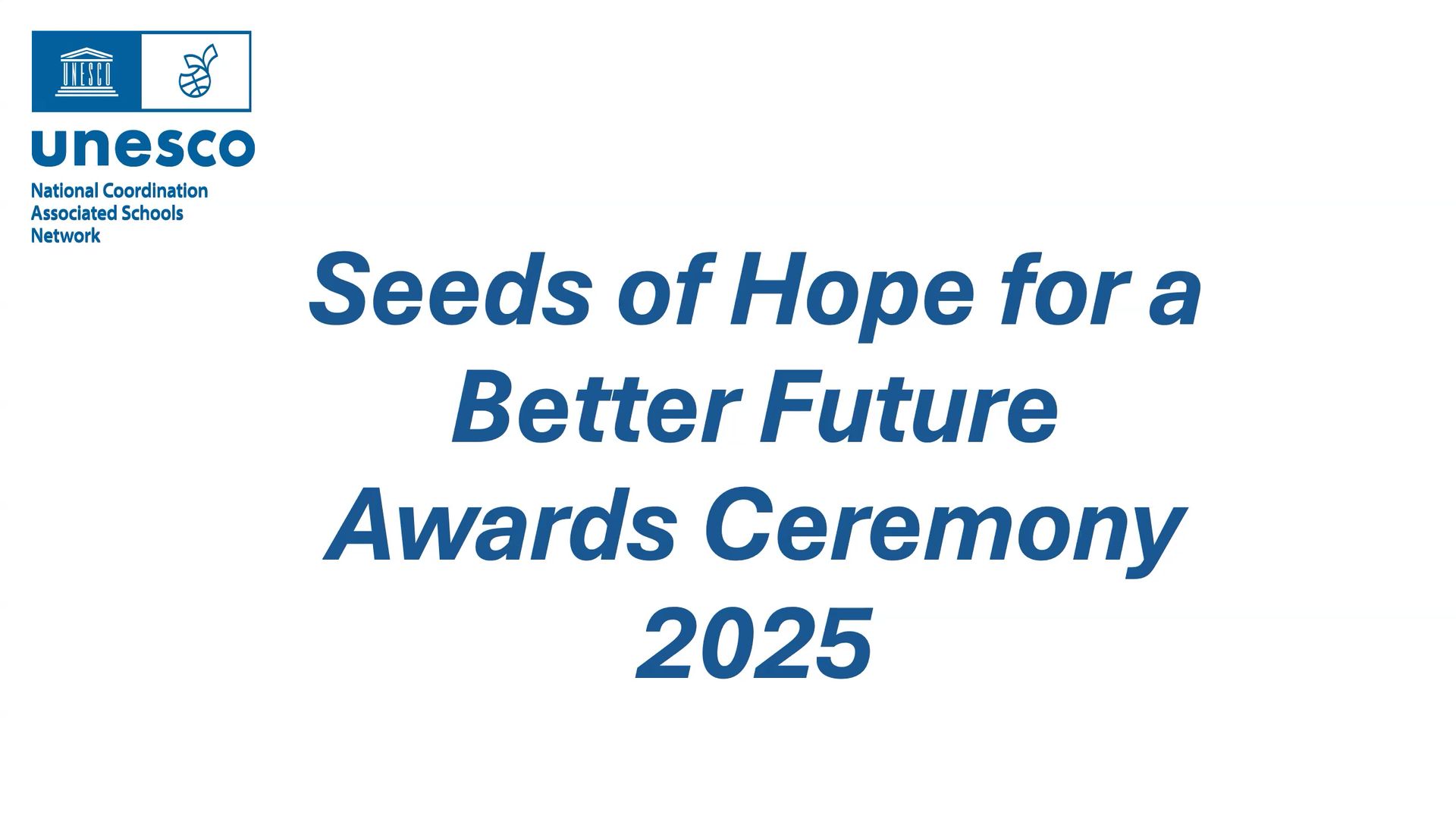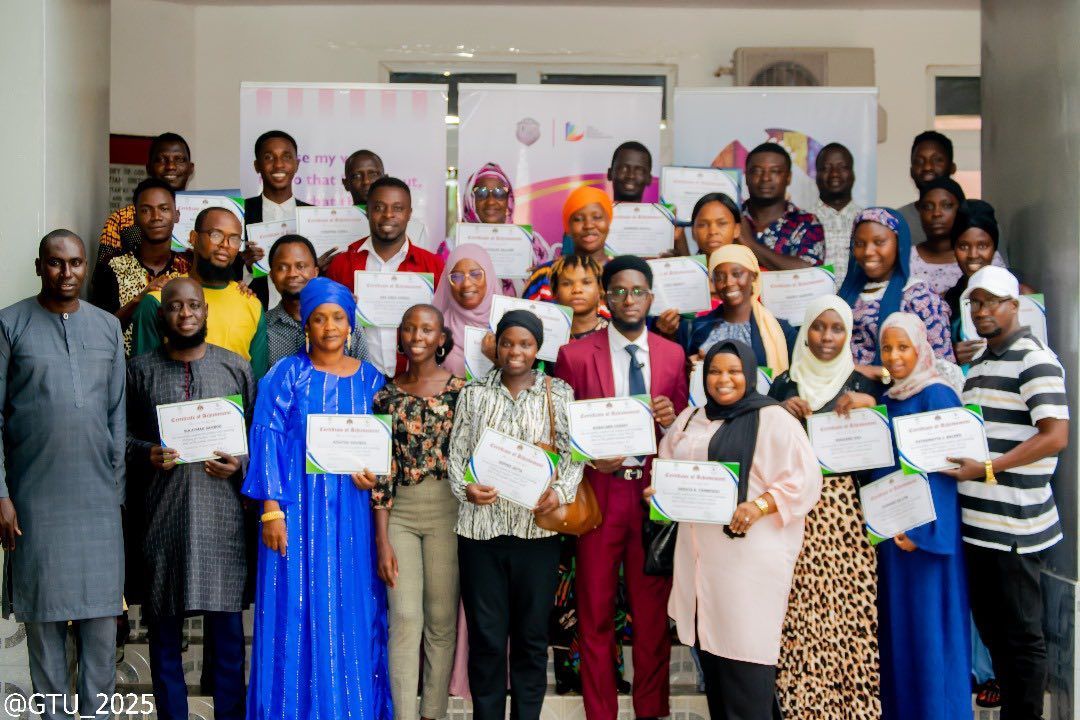Safe Passage Young Leaders: Education for Social Change in the Virtual World
Safe Passage International helps refugees access safe and legal routes to sanctuary. Through a combination of campaigning,
advocacy and legal casework, they influence policy and work directly with young people and families to help them reunite with
loved ones and reach sanctuary. Youth Advocacy and Campaigns Organiser Ruth Holtom works with an inspirational group of young people from refugee and asylum-seeking backgrounds – Safe Passage Young Leaders - who speak out about issues that affect them and others like them and campaign for a more welcoming, just and equal world. She shares her experience of virtual engagement with the group.
Every Tuesday morning, I open my laptop and send round a Zoom link to the young people I have the privilege of working with, reminding them that we will be meeting that evening. Then, just before our evening session, I log on to Zoom and get ready to welcome them into our virtual space. Their names pop up in the waiting room, and we all gather on the screen, our faces lit up by the glow of our phones or computer screens.
Compared to preparing for face-to-face workshops, running these weekly Zoom sessions might seem simple and stress-free. Instead of filling my bags with flipchart paper, risk assessments and petty cash, I simply log on to Zoom, share my screen and create some breakout rooms. But as anyone currently facilitating online learning knows, youth engagement in this new virtual world brings a whole host of new challenges.
After hours of algebra and English on computer screens, often struggling to connect to unreliable WiFi, it can be tiring and draining for the young people we work with to participate in additional sessions in the evenings. It is a challenge to ensure that everyone can join our sessions, when there is such disparity in digital access, homelife and English language levels. However, I have been constantly astounded by the Young Leaders’ energy and commitment to bringing about the change they want to see in the world, even when they are unable to meet face to face.
Safe Passage Young Leaders
These inspiring young people from refugee and asylum-seeking backgrounds meet weekly online to make friends, learn new skills, and work together to make change and challenge injustice. The young people I get to work with are experts by experience on refugee policy and they care passionately about creating safe and legal routes to safety for people like them. Since the pandemic began, the Safe Passage Young Leaders have achieved an incredible amount from the confines of their own homes. In the past nine months, they have:
Produced a video calling on politicians to protect family reunion for refugees.
- Written and delivered a letter to members of the House of Lords urging them to vote to protect family reunion in the Immigration Bill.
- Met influential MPs and peers online and shared their views and opinions on issues relating to asylum and immigration.
- Got involved with Safe Passage as an organisation, shared their ideas and expertise, and helped us to recruit new members of staff.
- Collaborated with other groups of young refugee campaigners, such as Hummingbird Young Leaders and Kent Refugee Action Network Youth Forum, creating connections across geographical divides and building strong networks of solidarity and support.
In this new year of 2021, the Young Leaders have a lot to speak out about. Now that the UK has left the EU, and with it the Dublin
Regulation family reunion scheme, refugees must apply for family reunification through domestic immigration rules, which are much more restrictive. Furthermore, various other resettlement schemes for refugees are still on pause due to the pandemic, and the government has recently announced that it will not be continuing resettlement for child refugees from Europe.
Campaigning with Safe Passage, the Young Leaders are hoping to influence policy on these issues in an upcoming government review on safe and legal routes. Over the past year they have proven to be brave and unflinching in their words and actions, and I have no doubt that these young people will stop at nothing to hold the Government to account.
If you have any questions about Safe Passage’s campaigns or the Young Leaders group, contact Ruth at ruth@safepassage. org.uk. If you know a young person who would be interested in joining the Young Leaders, you can find out more on our website.
Article from Engage issue 22.
BY RUTH HOLTOM • June 18, 2021

In our continued commitment to ensuring quality and inclusive education for every child, we’ve taken our advocacy to a new level by empowering the next generation to lead the conversation. In partnership with The Gambia Teachers Union, we recently convened the Foundation’s Young Ambassadors for a vibrant day of engagement dedicated to promoting the right to education for all. The event brought together passionate students from selected senior secondary schools across Region One, including St. John’s School for the Deaf, to explore what it truly means to make education inclusive, equitable, and accessible to every learner.

The Steve Sinnott Foundation is proud to celebrate the inspirational winners of the 2025 Seeds of Hope for a Better Future competition, a global initiative supported by UNESCO that brings together creativity, community, and a shared commitment to peace and sustainability. This unique project invited schools across the world from nursery and primary through to secondary and high school to explore the values of peace, cultural understanding, and care for the planet. In the face of climate change, young people were asked to tell their stories through art, performance, and digital creativity, highlighting how small seeds of action can grow into powerful movements for hope. The results have been extraordinary. Schools in France, the UK, Gambia, Haiti, and Kenya have been recognised for their outstanding contributions, with projects ranging from community gardens and sculptures to dance performances and illustrated stories. Each winner has shown how young voices and imagination can nurture peace and sustainability in ways that inspire us all. The full Awards Ceremony can be watched linked here: S eeds of Hope For A Better Future Awards Ceremony 2025 Highlights from the Winners Oak View Primary and Nursery School (UK) created Faces of Feeling, a collection of joyful sculptures already exhibited in a local gallery. Judges praised their work as supporting the wellbeing of others and embodying the idea of children as true “Seeds of Hope.” St Joseph’s Senior Secondary School (Gambia) painted Campaign for a Sustainable Banjul , reflecting real-world climate action in their city. The judges described it as “a most deserving and robust winner.” In France , the Jardin d'Enfants des Nations Unies (United Nations Nursery School) won hearts with Wind of Peace , where 5-6 year olds combined drawings, paintings, and tree planting to champion reforestation. Lyng Hall Secondary School, Coventry (UK) collaborated with Henley Green Primary and the UK Literacy Association to produce The Heart Shaped Hole – an innovative and metaphorical take on Seeds of Hope. Earlsdon Primary School, Coventry (UK) impressed with Primary Plot , a project that included gardening with the visually impaired, reflecting inclusivity and sustainability. A remarkable cross-collaboration between 21 schools across West Yorkshire, Essex, and Tower Hamlets (UK) resulted in Lights, Camera, Score , an ambitious combination of animation, music, and storytelling. CIMA Community School of Hope, Haiti shared Konbit - a video of dance and solidarity, inspiring villages to work together for peace and dignity. Daraja Academy, Kenya presented an ambitious and optimistic project integrating sustainability into everyday school life. Celebrating Creativity and Peace This year’s competition was judged by an impressive panel of artists, writers, and cultural leaders including Sir Antony Gormley, Edmund de Waal, Dame Liz Forgan, Hugh Quarshie, and Rathna Ramanathan. Their collective expertise highlighted the quality and depth of the entries, each of which showed how art can be a powerful tool for global understanding and change. The Seeds of Hope initiative is part of UNESCO UK’s Arts and Culture for Peace programme, first launched in 2022. It has grown from earlier collaborations such as the Coventry Young Ambassadors’ Islands of Peace Japanese Garden , opened in 2021 a living reminder that seeds planted in communities can continue to flourish. Highlights from the ceremony can be found here at this playlist Looking Ahead As Ann Beatty, UNESCO ASPnet UK National Coordinator , shared: “The quality of entries was extraordinary. We are delighted at the response to this amazing initiative in collaboration with our international partners.” And in the words of judge Jannette Cheong : “Young people around the world understand well the value of peace and tolerant relationships between cultures. Their creativity is an inspiration to all of us.” At The Steve Sinnott Foundation, we believe that education is the seed from which hope grows. The Seeds of Hope competition is a shining example of how young people through creativity, compassion, and collaboration are already shaping a more peaceful and sustainable future. You can access the full online awards presentation here: Seeds of Hope For A Better Future Awards Ceremony 2025

The journey to strengthen the well-being and success of learners in The Gambia continues with a renewed commitment to guidance and counselling in schools. By August 14th 2025, we have successfully trained 140 educators across 𝐑𝐞𝐠𝐢𝐨𝐧𝐬 𝟏, 𝟐, 𝟑 & 𝟒 under our Guidance & Counselling Programme. A programme designed to equip educators with the skills to support students’ academic, social, and emotional development. Region 3 Teachers Complete Level 2 Training On Wednesday, 6th August, thirty teachers from Region 3 (North Bank Region) began a three-day Level 2 Guidance and Counselling training at the Christian Council in Kanifing. This programme built on their earlier Level 1 training in Farafenni, with a focus on deepening their capacity to serve as school-based counsellors. The training concluded with a certificate presentation ceremony, recognising the teachers’ commitment and marking an important step in their professional development. These certificates symbolize more than an achievement; they represent each teacher’s readiness to provide psychosocial support, guidance, and mentorship to learners across their schools.

